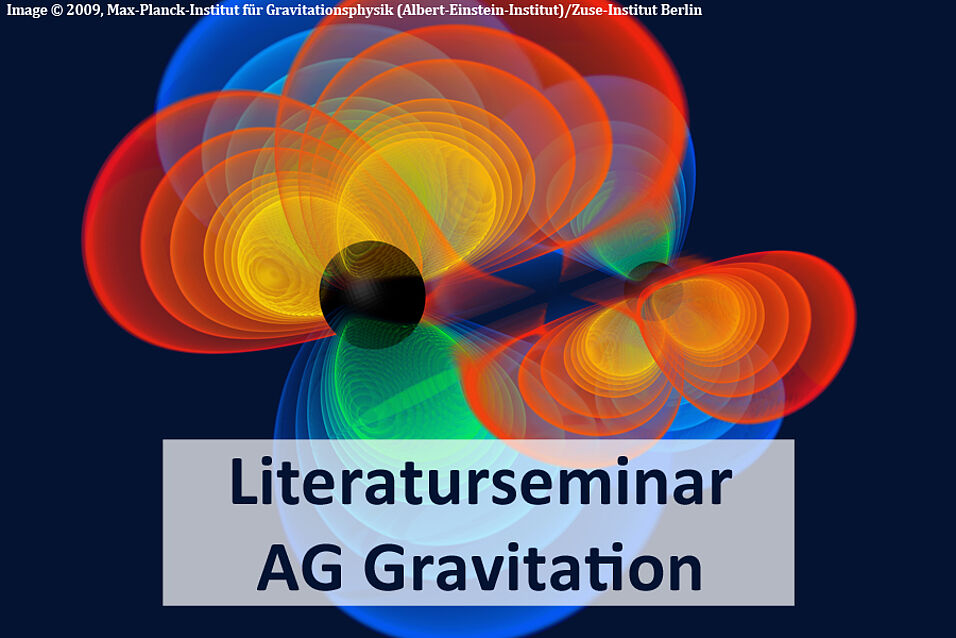The threshold of black hole formation in parametrized families of collapse models exhibits many of the features of a phase transition.
Universality and scaling behaviour are generically observed and a picture of critical phenomena emerges, completely analogous to that seen in statistical mechanical systems.
Most of the studies of critical collapse have been performed in the context of spherical symmetry where a relatively clear picture of the phenomenology has arisen.
In particular, the critical solutions that are found tend to be (locally) unique, with some additional symmetry, and with a single unstable mode in perturbation theory.
Going beyond spherical symmetry in this field has proven to be quite challenging, and an overall understanding of the nature of non-spherical critical collapse remains elusive.
Nonetheless, some progress has been made recently on models involving the collapse of pure gravitational waves as well as electromagnetic waves. My talk will focus on these developments.
Matt Choptuik (Vancouver): Gravitational Critical Collapse Beyond Spherical Symmetry
Verwandte Dateien
- Matt_04Okt2023.pdf 257 KB

